News & Views, Volume 44 | Dissimilar Metal Welds in Grade 91 Steel
By: Terry Totemeier
Introduction
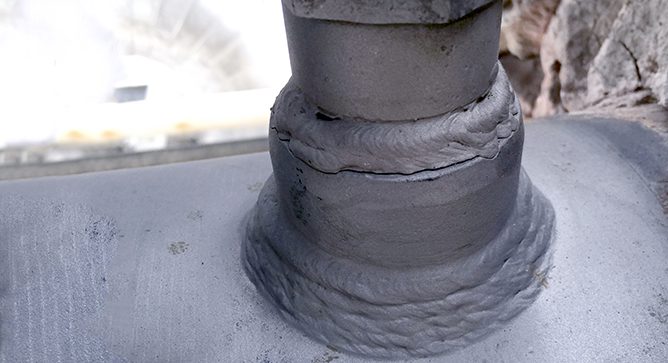
With the now widespread use of Grade 91 steel (9Cr-1Mo-V-Nb) for elevated-temperature applications in modern power plants, DMWs involving this material have become common, and increasing service experience has revealed some unique characteristics and failure mechanisms, especially in thicker-section DMWs with austenitic materials. This article presents a short overview of Grade 91 DMWs: their design, fabrication, and failure, with emphasis on current industry issues.
There are two basic classes of DMWs in Grade 91 steel: ferritic-to-ferritic and ferritic-to-austenitic. The first type corresponds to Grade 91 welded to another ferritic steel with a lower chromium content, such as Grade 22; the second type corresponds to Grade 91 welded to an austenitic stainless steel such as TP304H. Each of these types has unique concerns and considerations.

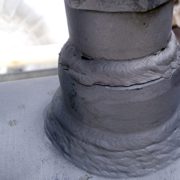

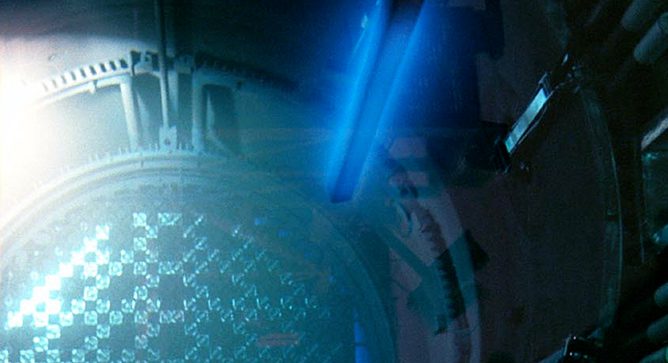 Nuclear plant workers accrue most of their radiation exposure during refueling outages, when many plant systems are opened for corrective and preventive maintenance. The total refueling outage radiation exposure can be 100-200 person-Rem at a typical Boiling Water Reactor (BWR), and 30-100 person-Rem at a typical Pressurized Water Reactor (PWR). Accrued refueling outage radiation exposure values can be significantly greater than these values depending upon radiation fields, outage work scope, and emergent work. Outage radiation exposure is one metric used by a plant to determine outage success and by industry regulators in assessing the overall performance of a plant. Plants with high personnel radiation exposure tend to be those plants with more equipment problems and more unscheduled shutdowns; consequently, they may be subjected to increased regulatory oversight.
Nuclear plant workers accrue most of their radiation exposure during refueling outages, when many plant systems are opened for corrective and preventive maintenance. The total refueling outage radiation exposure can be 100-200 person-Rem at a typical Boiling Water Reactor (BWR), and 30-100 person-Rem at a typical Pressurized Water Reactor (PWR). Accrued refueling outage radiation exposure values can be significantly greater than these values depending upon radiation fields, outage work scope, and emergent work. Outage radiation exposure is one metric used by a plant to determine outage success and by industry regulators in assessing the overall performance of a plant. Plants with high personnel radiation exposure tend to be those plants with more equipment problems and more unscheduled shutdowns; consequently, they may be subjected to increased regulatory oversight. 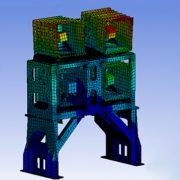
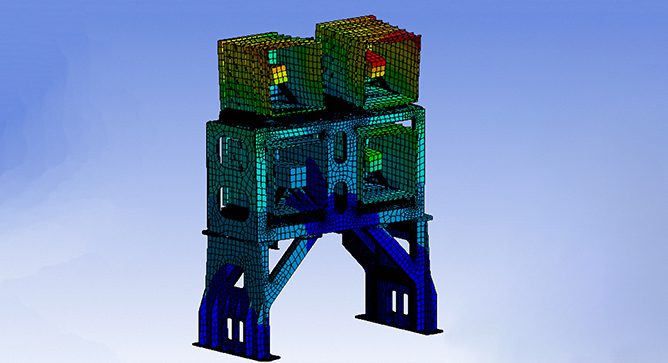 Things change, that’s just a fact of life. But when it comes to engineering codes and standards, change can be confusing, frustrating and expensive. As it relates to seismic design and certification of equipment, it is beneficial to understand the impact of code changes early to begin incorporating requirements in new equipment design, product updates and in the certification process.
Things change, that’s just a fact of life. But when it comes to engineering codes and standards, change can be confusing, frustrating and expensive. As it relates to seismic design and certification of equipment, it is beneficial to understand the impact of code changes early to begin incorporating requirements in new equipment design, product updates and in the certification process.